pageElement
Layouts its child onto one or multiple pages.
Although this function is primarily used in set rules to affect page properties, it can also be used to explicitly render its argument onto a set of pages of its own.
Pages can be set to use auto as their width or height. In this case, the
pages will grow to fit their content on the respective axis.
The Guide for Page Setup explains how to use this and related functions to set up a document with many examples.
Example
#set page("us-letter")
There you go, US friends!
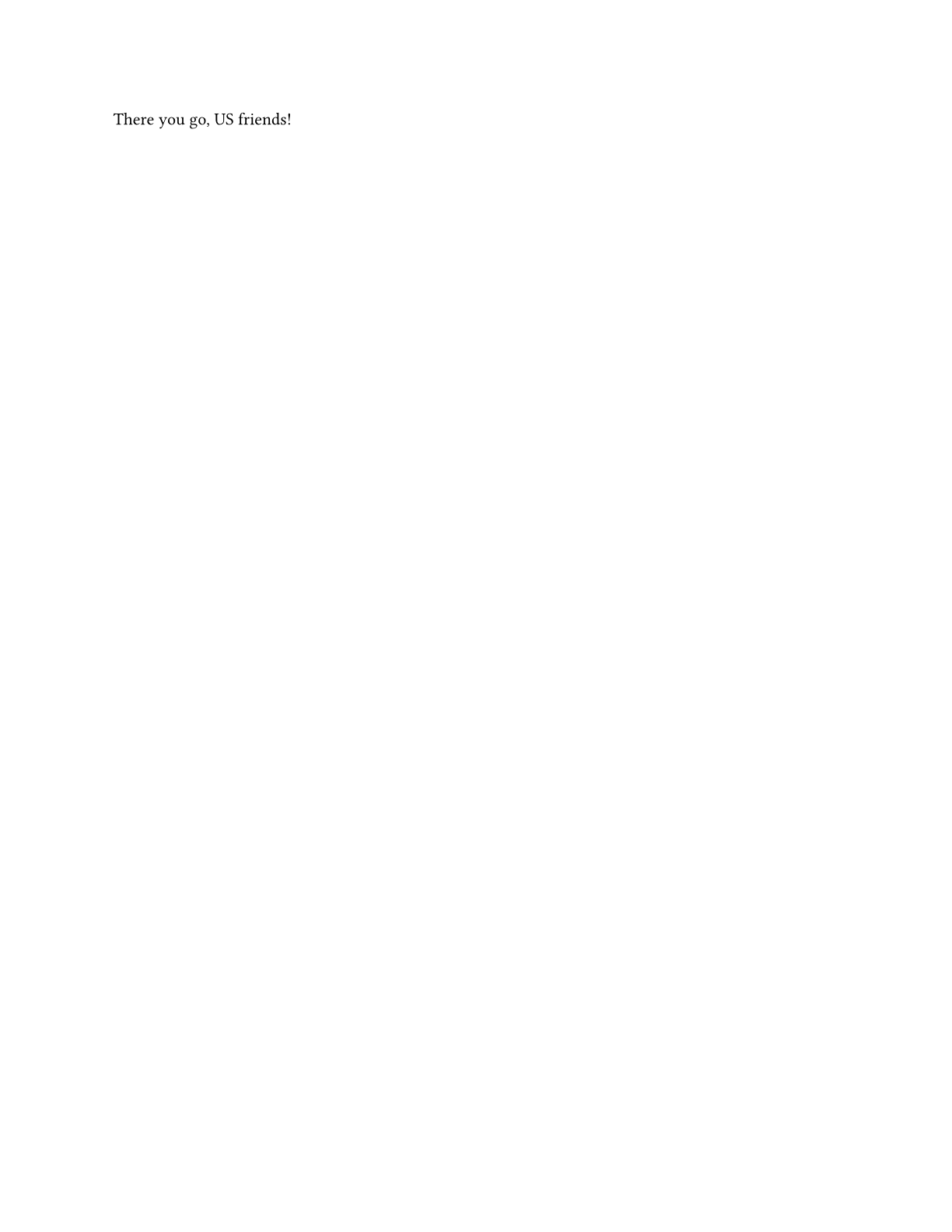
Accessibility
The contents of the page's header, footer, foreground, and background are invisible to Assistive Technology (AT) like screen readers. Only the body of the page is read by AT. Do not include vital information not included elsewhere in the document in these areas.
Parameters
paper
A standard paper size to set width and height.
This is just a shorthand for setting width and height and, as such,
cannot be retrieved in a context expression.
 View options
View options
Default: "a4"
 View paper sizes
View paper sizes
"a0" , "a1" , "a2" , "a3" , "a4" , "a5" , "a6" , "a7" , "a8" , "a9" , "a10" , "a11" , "iso-b1" , "iso-b2" , "iso-b3" , "iso-b4" , "iso-b5" , "iso-b6" , "iso-b7" , "iso-b8" , "iso-c3" , "iso-c4" , "iso-c5" , "iso-c6" , "iso-c7" , "iso-c8" , "din-d3" , "din-d4" , "din-d5" , "din-d6" , "din-d7" , "din-d8" , "sis-g5" , "sis-e5" , "ansi-a" , "ansi-b" , "ansi-c" , "ansi-d" , "ansi-e" , "arch-a" , "arch-b" , "arch-c" , "arch-d" , "arch-e1" , "arch-e" , "jis-b0" , "jis-b1" , "jis-b2" , "jis-b3" , "jis-b4" , "jis-b5" , "jis-b6" , "jis-b7" , "jis-b8" , "jis-b9" , "jis-b10" , "jis-b11" , "sac-d0" , "sac-d1" , "sac-d2" , "sac-d3" , "sac-d4" , "sac-d5" , "sac-d6" , "iso-id-1" , "iso-id-2" , "iso-id-3" , "asia-f4" , "jp-shiroku-ban-4" , "jp-shiroku-ban-5" , "jp-shiroku-ban-6" , "jp-kiku-4" , "jp-kiku-5" , "jp-business-card" , "cn-business-card" , "eu-business-card" , "fr-tellière" , "fr-couronne-écriture" , "fr-couronne-édition" , "fr-raisin" , "fr-carré" , "fr-jésus" , "uk-brief" , "uk-draft" , "uk-foolscap" , "uk-quarto" , "uk-crown" , "uk-book-a" , "uk-book-b" , "us-letter" , "us-legal" , "us-tabloid" , "us-executive" , "us-foolscap-folio" , "us-statement" , "us-ledger" , "us-oficio" , "us-gov-letter" , "us-gov-legal" , "us-business-card" , "us-digest" , "us-trade" , "newspaper-compact" , "newspaper-berliner" , "newspaper-broadsheet" , "presentation-16-9" , "presentation-4-3" width
The width of the page.
 View example
View example
#set page(
width: 3cm,
margin: (x: 0cm),
)
#for i in range(3) {
box(square(width: 1cm))
}
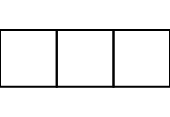
Default: 595.28pt
height
The height of the page.
If this is set to auto, page breaks can only be triggered manually
by inserting a page break or by adding another non-empty
page set rule. Most examples throughout this documentation use auto
for the height of the page to dynamically grow and shrink to fit their
content.
Default: 841.89pt
flipped
Whether the page is flipped into landscape orientation.
 View example
View example
#set page(
"us-business-card",
flipped: true,
fill: rgb("f2e5dd"),
)
#set align(bottom + end)
#text(14pt)[*Sam H. Richards*] \
_Procurement Manager_
#set text(10pt)
17 Main Street \
New York, NY 10001 \
+1 555 555 5555
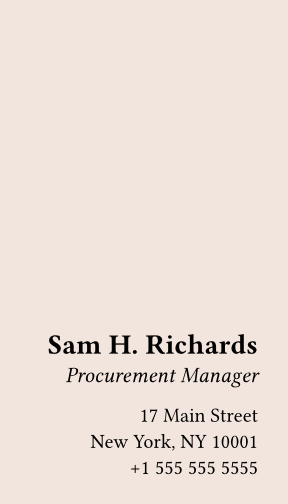
Default: false
margin
The page's margins.
auto: The margins are set automatically to 2.5/21 times the smaller dimension of the page. This results in 2.5 cm margins for an A4 page.- A single length: The same margin on all sides.
- A dictionary: With a dictionary, the margins can be set individually.
The dictionary can contain the following keys in order of precedence:
top: The top margin.right: The right margin.bottom: The bottom margin.left: The left margin.inside: The margin at the inner side of the page (where the binding is).outside: The margin at the outer side of the page (opposite to the binding).x: The horizontal margins.y: The vertical margins.rest: The margins on all sides except those for which the dictionary explicitly sets a size.
All keys are optional; omitted keys will use their previously set value,
or the default margin if never set. In addition, the values for left
and right are mutually exclusive with the values for inside and
outside.
 View example
View example
#set page(
width: 3cm,
height: 4cm,
margin: (x: 8pt, y: 4pt),
)
#rect(
width: 100%,
height: 100%,
fill: aqua,
)
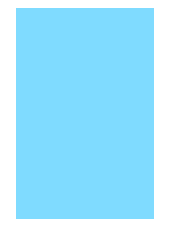
Default: auto
binding
On which side the pages will be bound.
auto: Equivalent toleftif the text direction is left-to-right andrightif it is right-to-left.left: Bound on the left side.right: Bound on the right side.
This affects the meaning of the inside and outside options for
margins.
Default: auto
columns
How many columns the page has.
If you need to insert columns into a page or other container, you can
also use the columns function.
 View example
View example
#set page(columns: 2, height: 4.8cm)
Climate change is one of the most
pressing issues of our time, with
the potential to devastate
communities, ecosystems, and
economies around the world. It's
clear that we need to take urgent
action to reduce our carbon
emissions and mitigate the impacts
of a rapidly changing climate.

Default: 1
fill
The page's background fill.
Setting this to something non-transparent instructs the printer to color the complete page. If you are considering larger production runs, it may be more environmentally friendly and cost-effective to source pre-dyed pages and not set this property.
When set to none, the background becomes transparent. Note that PDF
pages will still appear with a (usually white) background in viewers,
but they are actually transparent. (If you print them, no color is used
for the background.)
The default of auto results in none for PDF output, and
white for PNG and SVG.
 View example
View example
#set page(fill: rgb("444352"))
#set text(fill: rgb("fdfdfd"))
*Dark mode enabled.*

Default: auto
numbering
How to number the pages. You can refer to the Page Setup Guide for customizing page numbers.
Accepts a numbering pattern or function taking one or two numbers:
- The first number is the current page number.
- The second number is the total number of pages. In a numbering pattern, the second number can be omitted. If a function is passed, it will receive one argument in the context of links or references, and two arguments when producing the visible page numbers.
These are logical numbers controlled by the page counter, and may thus
not match the physical numbers. Specifically, they are the
current and the final value of
counter(page). See the counter
documentation for more details.
If an explicit footer (or header for
top-aligned numbering) is given, the numbering is
ignored.
 View example
View example
#set page(
height: 100pt,
margin: (top: 16pt, bottom: 24pt),
numbering: "1 / 1",
)
#lorem(48)
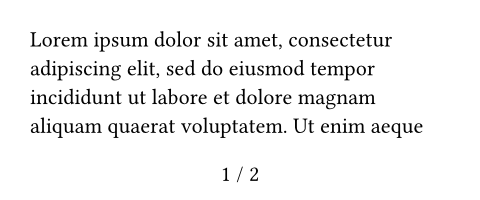
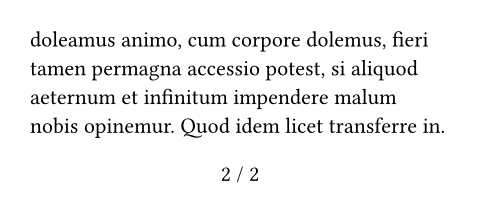
Default: none
supplement
A supplement for the pages.
For page references, this is added before the page number.
 View example
View example
#set page(numbering: "1.", supplement: [p.])
= Introduction <intro>
We are on #ref(<intro>, form: "page")!

Default: auto
number-align
The alignment of the page numbering.
If the vertical component is top, the numbering is placed into the
header and if it is bottom, it is placed in the footer. Horizon
alignment is forbidden. If an explicit matching header or footer is
given, the numbering is ignored.
 View example
View example
#set page(
margin: (top: 16pt, bottom: 24pt),
numbering: "1",
number-align: right,
)
#lorem(30)
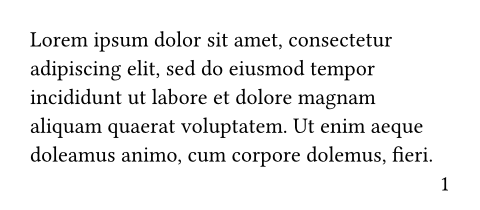
Default: center + bottom
header
The page's header. Fills the top margin of each page.
- Content: Shows the content as the header.
auto: Shows the page number if anumberingis set andnumber-alignistop.none: Suppresses the header.
 View example
View example
#set par(justify: true)
#set page(
margin: (top: 32pt, bottom: 20pt),
header: [
#set text(8pt)
#smallcaps[Typst Academy]
#h(1fr) _Exercise Sheet 3_
],
)
#lorem(19)
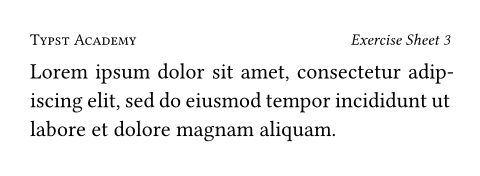
Default: auto
header-ascent
The amount the header is raised into the top margin.
Default: 30% + 0pt
footer
The page's footer. Fills the bottom margin of each page.
- Content: Shows the content as the footer.
auto: Shows the page number if anumberingis set andnumber-alignisbottom.none: Suppresses the footer.
For just a page number, the numbering property typically suffices. If
you want to create a custom footer but still display the page number,
you can directly access the page counter.
 View example
View example
#set par(justify: true)
#set page(
height: 100pt,
margin: 20pt,
footer: context [
#set align(right)
#set text(8pt)
#counter(page).display(
"1 of I",
both: true,
)
]
)
#lorem(48)
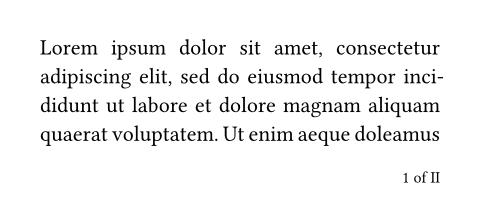
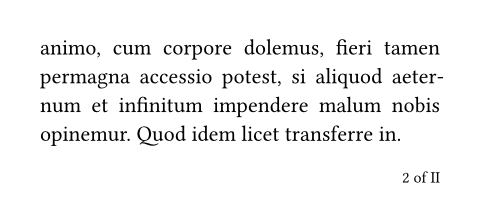
Default: auto
footer-descent
The amount the footer is lowered into the bottom margin.
Default: 30% + 0pt
background
Content in the page's background.
This content will be placed behind the page's body. It can be used to place a background image or a watermark.
 View example
View example
#set page(background: rotate(24deg,
text(18pt, fill: rgb("FFCBC4"))[
*CONFIDENTIAL*
]
))
= Typst's secret plans
In the year 2023, we plan to take
over the world (of typesetting).

Default: none
foreground
Content in the page's foreground.
This content will overlay the page's body.
 View example
View example
#set page(foreground: text(24pt)[🤓])
Reviewer 2 has marked our paper
"Weak Reject" because they did
not understand our approach...

Default: none
body
The contents of the page(s).
Multiple pages will be created if the content does not fit on a single page. A new page with the page properties prior to the function invocation will be created after the body has been typeset.
Default: []